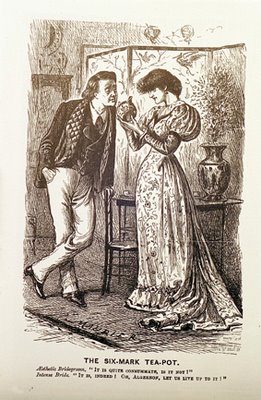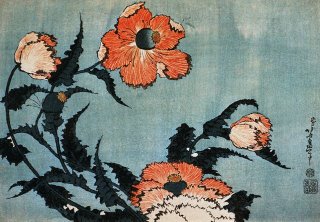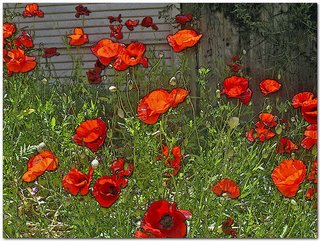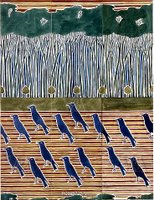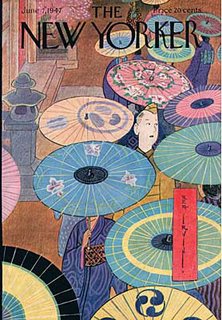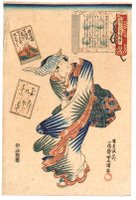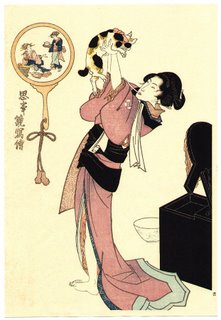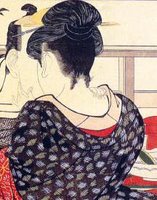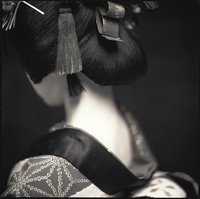ah sunflower, weary of time....
 the sunflower and lily became to the aesthetic movement. and the artist most associated with the flowers was oscar wilde. below he is pictured in one of many cartoons of him from the magazine punch, and as both sides of a teapot as well. (perhaps this illuminates the previous cartoon a bit more fully.)
the sunflower and lily became to the aesthetic movement. and the artist most associated with the flowers was oscar wilde. below he is pictured in one of many cartoons of him from the magazine punch, and as both sides of a teapot as well. (perhaps this illuminates the previous cartoon a bit more fully.)however, that is where any clarity ends. it gets so wonderfully complicated, lawsuits, people going mad, others being shipped off to america to promote work that is critical of themselves...!
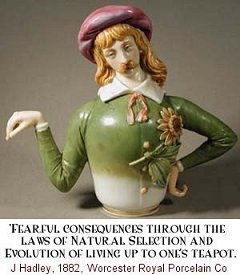
numerous people: wilde, as well as ruskin, whistler (and more to come about them), and many more both considered themselves as 'aesthetes,' standing by the movement's creed of 'art for art's sake,' while at the same exact time savaging other
 artists for saying that they were doing exactly the same thing.
artists for saying that they were doing exactly the same thing.i'll get this sorted out at some point and do my best to lay it out here, but now i just read,
shake my head, and decide perhaps i need a nap.
a wonderful book for all of this is 'the aesthetic movement' by lionel lambourne, whose most recent book is on japonisme.
and a very interesting website on design which includes and encompasses this era is katsclass.
Labels: aesthetic movement, oscar wilde, punch

